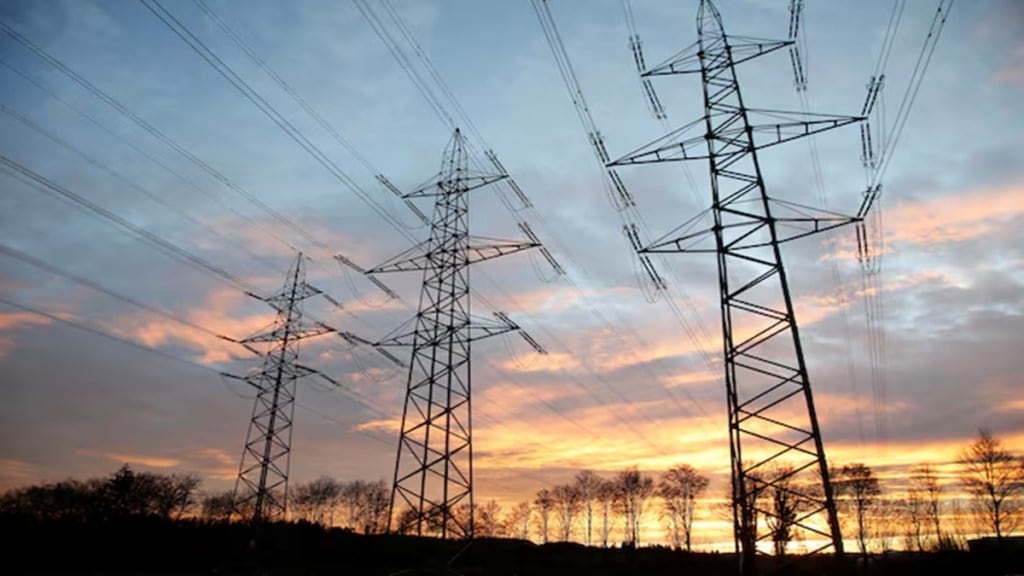The State Load Dispatch Centre (SLDC) anticipates that Delhi will reach its peak power demand this summer, setting a record of about 9000 MW. This follows a peak recorded demand in 2024 of 8656 MW as the highest demand in history in this capital.
Currently, BSES discoms, which include BSES Rajdhani Power Limited (BRPL) and BSES Yamuna Power Limited (BYPL), are gearing up to provide over 5 million consumers and around 20 million residents with unbroken power delivery in South, West, East, and Central Delhi.
Expecting more power demand, all the discoms are putting in place different strategies, including forging power banking arrangements with states, investing in state-of-the-art forecasting capabilities through artificial intelligence (AI) and machine learning (ML), and focusing on the green energy aspect.
Demand at BRPL in South and West Delhi is expected to touch about 4050 MW, compared to 3809 MW last year. BYPL, which serves East and Central Delhi, is expected to generate a peak demand of 1900 MW in 2024, a tad higher than 1882 MW recorded last year.
To manage this increased demand, BSES has executed long-term power purchase agreements (PPAs) and continues to make more power banking tie-ups. This way, it can ensure power availability of up to 500 MW during peak summer weeks.
“To manage today’s complex power landscape, BSES combines these advanced statistical models with state-of-the-art weather forecasting solutions, AI, and ML tools, with some guidance from the India Meteorological Department (IMD), along with POSCO. This will give us high accuracy in planning and efficient manpower utilization,” the company said in a statement.
Perfect foresight—whether day-ahead, intra-day, or medium-term—is imperative for that cost-effective planning and continuous power supply. For BSES, the latest development is starting to adopt the Real-Time Market in the Power Exchange, which is also beneficial to balance renewables as well as maintain grid stability.
Delhi’s power demand has surged dramatically over the years—it first crossed the 2879 MW mark in 2002 and climbed past 7000 MW for the first time in 2018. The new peak of 9000 MW this summer thus marks a jump of 300% in two decades.
Most of the power will come from renewable options, powered by over 2100 MW of green energy from renewables to the city, including 888 MW of solar energy, 500 MW through wind, 546 MW hydropower, 40 MW waste-to-energy, and ropronized power of over 160 MW rooftop solar installations across the city.
BSES has therefore put in place many initiatives reinforcing its network for reliable power supply, like predictive maintenance, advanced fault detection techniques, thermal scanning, transformer health assessment, and generating influence of high-demand periods, among others, in real-time online monitoring of power and 11kV feeder loads.


